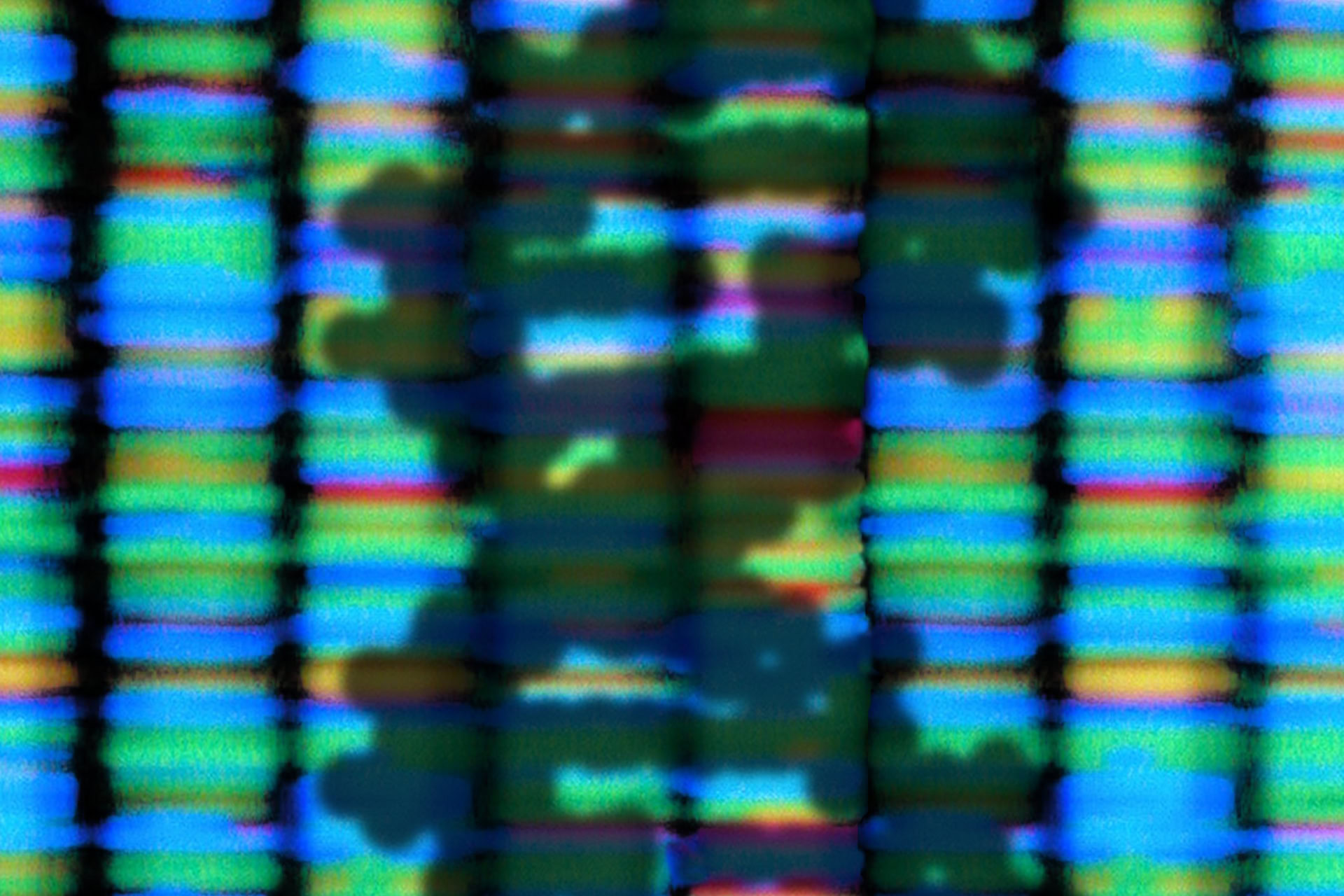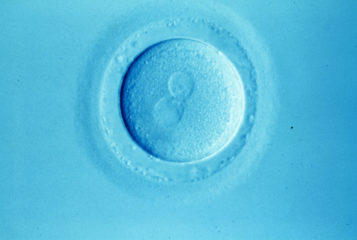Genetic conditions are often so rare that patients never receive a genetic, or even a clinical, diagnosis. Now an everyday photo may be all that's needed, using a newly developed computer program to analyse facial structures for tell-tale signs of 90 different conditions.
'A doctor should in future, anywhere in the world, be able to take a smartphone picture of a patient and run the computer analysis to quickly find out which genetic disorder the person might have', said Dr Christoffer Nellåker of the University of Oxford, who led the study.
Between 30 and 40 percent of genetic or chromosomal conditions such as Down's, fragile X or Marfan syndromes can cause developmental changes in the face or skull which can be used to aid diagnosis. However, these features can be subtle and difficult to spot.
In a study published in the journal eLife, researchers developed a computer program to do just that.
The program recognises faces in photographs, then builds a description of the structure of the face by identifying features like the corners of the eyes or shape of the eyebrows. It then compares this information to images it has seen before to generate a list of possible diagnoses.
'It's not sufficiently accurate to provide a rock-solid diagnosis, but it helps narrow down the possibilities', Dr Nellåker told the New Scientist.
The algorithm is most accurate at diagnosing conditions for which it has already seen several photos, as it adds each new photo into its database of remembered images.
The researchers first trained the computer by generating a database of 2,878 images, of which roughly half were of people with one of eight known developmental disorders, while the other half were controls.
The program was tested using a fresh set of photos of people, each with one of the eight conditions, and it correctly predicted the diagnosis in 93 percent of cases.
The algorithm is now able to recognise 90 different genetic disorders. Furthermore, the researchers saw that some patients clustered where no documented diagnosis exists, suggesting that they may have a similar underlying genetic condition. This could be useful in diagnosing ultra-rare genetic disorders.
Charities representing patients with genetic disorders have welcomed the research. Speaking to the New Scientist, Alastair Kent, director of Genetic Alliance UK, described it as 'potentially a tremendous step forward in shortening the diagnostic journey that families embark on following the birth of a child with dysmorphic features'.
He continued: 'If validated, it will provide access to expert advice and guidance for families more quickly and efficiently than is currently possible'.
Sources and References
-
Diagnostically relevant facial gestalt information from ordinary photos
-
Computer-aided diagnosis of rare genetic disorders from family snaps
-
How a family photograph could help diagnose a rare genetic disorder
-
The genetic secret behind Abraham Lincoln's towering success
-
Computer spots rare diseases in family photos
-
Programme could help diagnose rare genetic disorders





Leave a Reply
You must be logged in to post a comment.